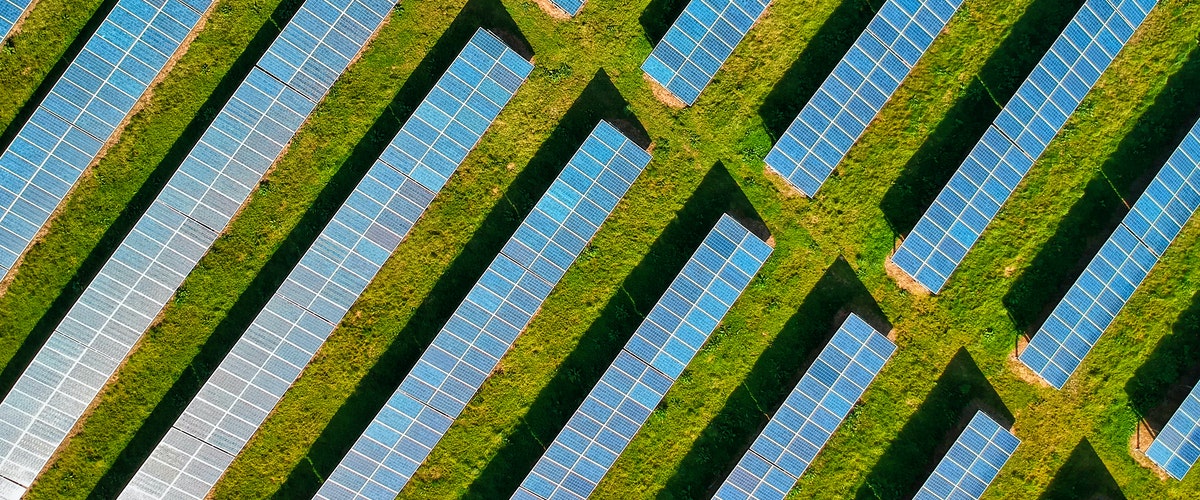Adding new products to the Asia-Pacific Economic Cooperation (APEC) List of Environmental Goods can boost the region’s responses to calls for climate change adaptation and mitigation, and achievement of environmental sustainability, according to an APEC Policy Support Unit policy brief.
Carlos Kuriyama, a senior analyst with the APEC Policy Support Unit, said that from a trade perspective, a more meaningful contribution in support of green growth requires a more comprehensive range of products.
“APEC economies should explore an expansion of its list of environmental goods, to cover new technologies that could contribute to green growth, but did not exist or had limited applications back in 2012; and encourage APEC economies to consider goods that are cleaner or more environmentally friendly,” he said.
The list is a commitment endorsed by leaders in 2012 to reduce tariff rates of 54 goods to 5 percent or less by the end of 2020 with the intention to improve access to environmental technologies and contribute to green growth and trade liberalization.
It includes solar panels, wind turbines, bamboo flooring, as well as environmental monitoring, analysis and assessment equipment, among others.
Kuriyama said expanding the list could include contemplating a global value chain approach.
“Such an approach would allow adapted goods, which are environmentally friendly or cleaner, and whose use is beneficial for environmental protection or resource management, to be factored in. A global value chain approach would also benefit developing economies, as they could produce some of many components that go into certain environmental products,” he said.
Kuriyama said the current APEC List of Environmental Goods, while serving to improve market access, is not in itself sufficient to support green growth.
Since its endorsement in 2012, the trade of products on the list has grown significantly worldwide and within the APEC region.
Between 2012 and 2019, global and intra-APEC trade in the products on the list increased by 6.4 percent and 7 percent, respectively. In contrast, overall global trade (all products) rose by only 1.9 percent.
APEC’s exports and imports of those 54 products increased by 5.7 percent and 13.5 percent, respectively, between 2012 and 2019.
Kuriyama said tariff reductions, stronger environmental awareness, implementation of environmental policies and regulatory reforms, enforcement of government regulations to protect the environment, progress in developing alternative energy sources and energy-efficient goods, and high international oil prices have motivated the increase of trade in environmental goods.
The policy brief said most APEC economies have been able to implement the commitment under the list to reduce tariffs to 5 percent or less.
It added most non-tariff measures affecting environmental goods are export-related, and these include subsidies, licences and quotas; discriminatory concessional loans and grants to local exporters; and export tax rebates.
Source: PHILEXPORT News and Features
November 09, 2021













